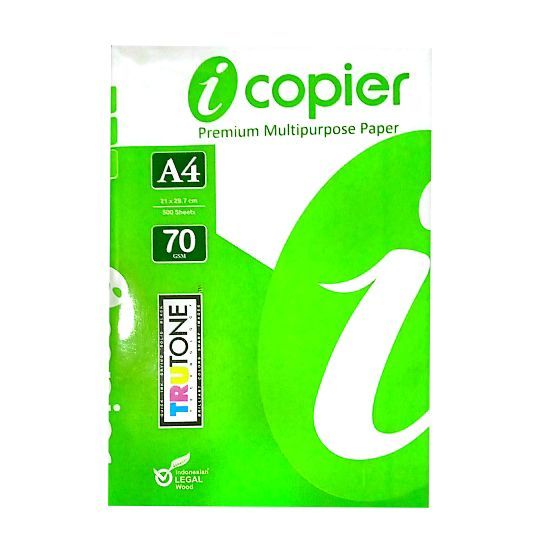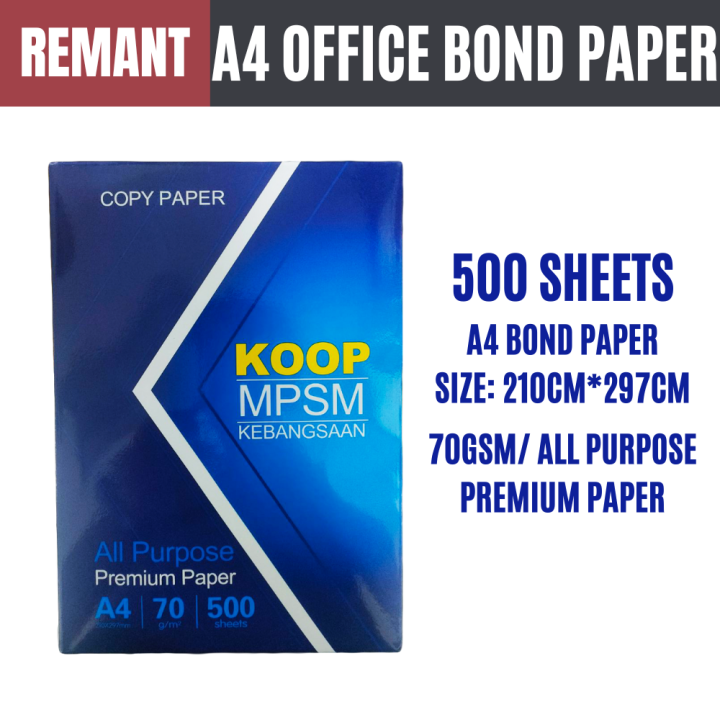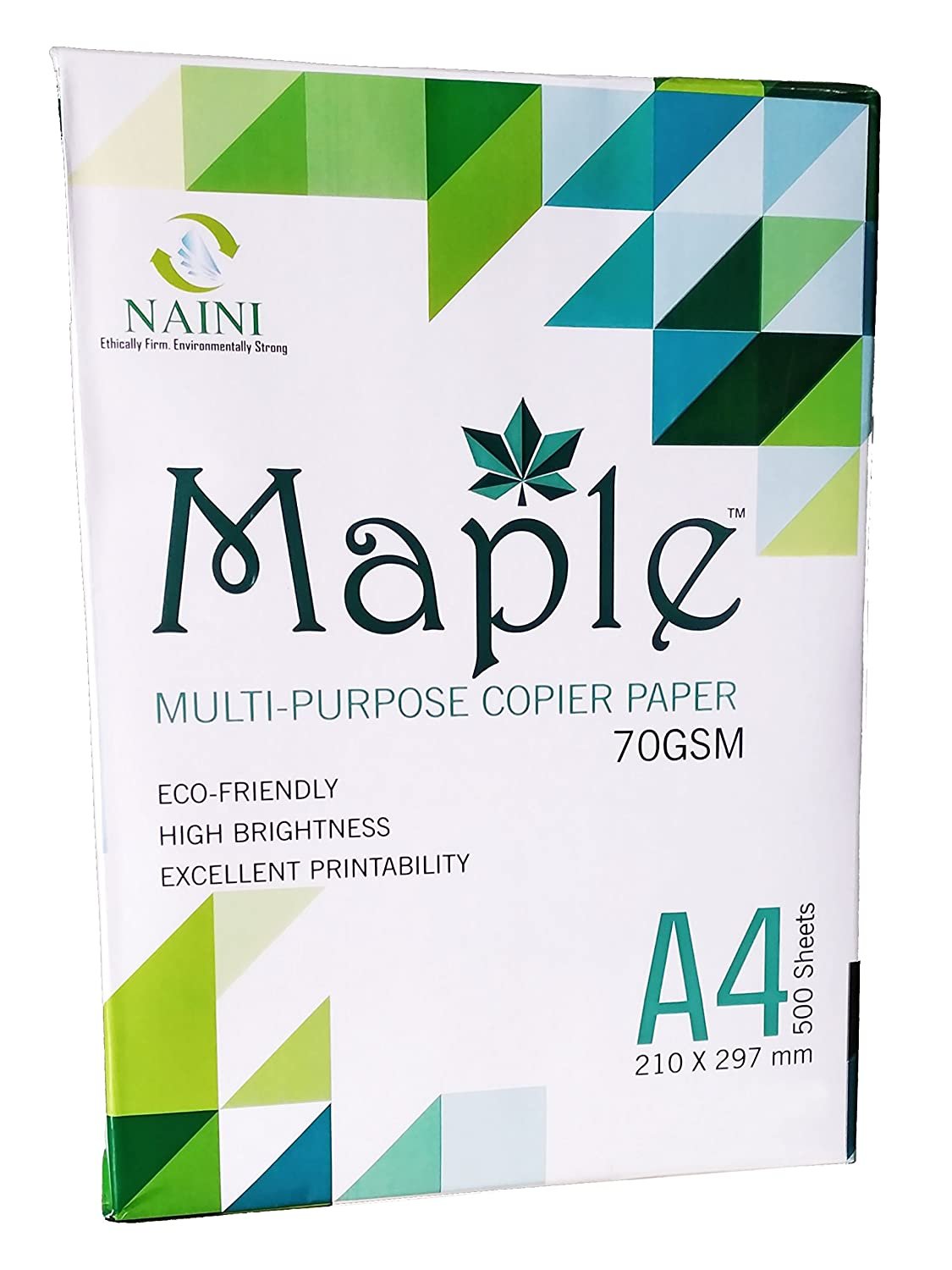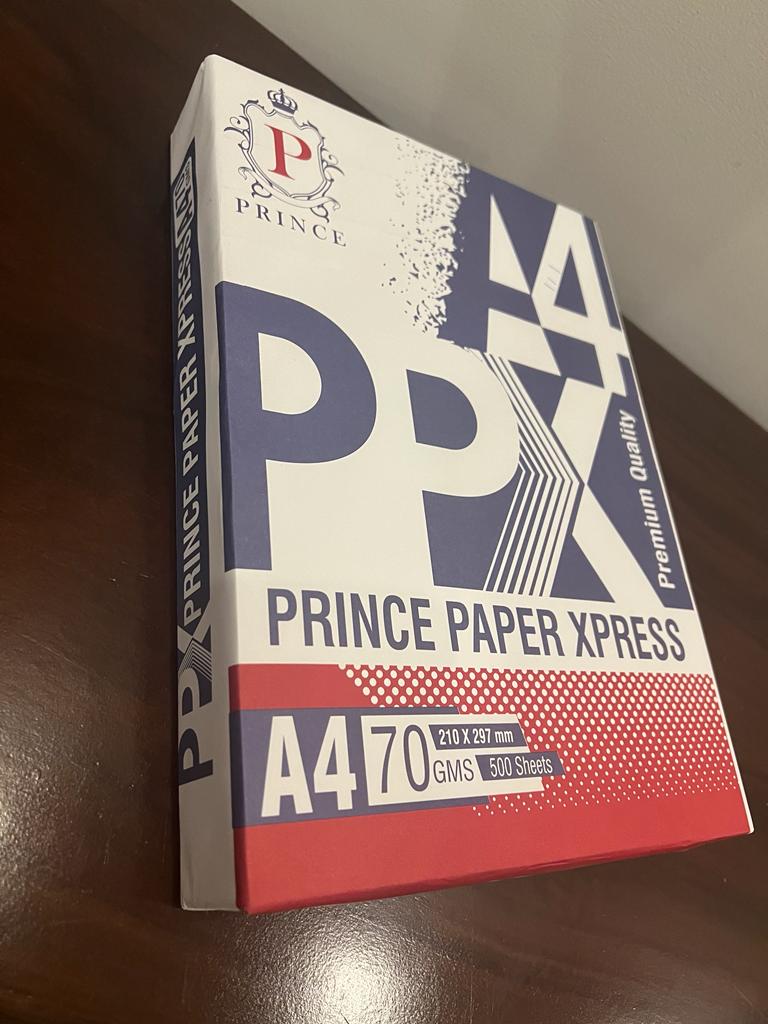A4 Size Paper 70gsm 500 Sheets Price

Imagine the crisp, satisfying rustle of fresh A4 paper, a blank canvas awaiting your thoughts, ideas, or the next important document. The scent of freshly cut paper, a subtle promise of productivity and possibility. But what about the price tag attached to this essential office and home supply? Let’s dive into the world of A4 70gsm paper and explore the factors influencing its cost.
This article unpacks the current pricing landscape of A4 size, 70gsm paper in packs of 500 sheets. We’ll look at the reasons behind price fluctuations and the implications for consumers and businesses alike. Understanding these factors can help you make informed purchasing decisions and appreciate the journey of this everyday item from forest to your desk.
The Humble History and Ubiquity of A4
The A4 paper size, standardized under ISO 216, has become the international go-to format. It's a universally recognized symbol of documentation and communication. From school assignments to crucial business reports, its versatility is unmatched.
Why 70gsm? This refers to the paper's weight—grams per square meter. 70gsm is a common choice. It offers a balance between affordability and sufficient thickness for most printing needs, preventing excessive bleed-through.
The 500-sheet pack, or ream, is the standard packaging. It makes it easy to store and manage paper supplies. Its compact size fits neatly in offices and homes.
Factors Influencing the Price
Several elements contribute to the retail price of A4 70gsm paper. The cost of raw materials, particularly wood pulp, plays a significant role. Pulp prices are affected by global demand, forestry practices, and environmental regulations.
"Sustainable forestry is essential for maintaining stable paper prices in the long run,"says a representative from the Pulp and Paper Products Council (PPPC).
Manufacturing processes, including bleaching and cutting, also impact costs. Energy consumption during production is another key factor. Transportation from mills to distributors and retailers adds to the final price you see on the shelf.
Currency exchange rates, especially for imported paper, can cause price variations. Fluctuations in fuel prices affect transportation costs, rippling through the supply chain.
Geopolitical Influences
Global events and geopolitical situations invariably impact commodity prices, including paper. Trade agreements, tariffs, and even political instability in pulp-producing regions can cause price hikes. These external pressures demonstrate the interconnectedness of global markets.
Demand and Supply Dynamics
Basic economic principles of supply and demand heavily influence paper prices. Increased demand, especially during back-to-school seasons or economic booms, can drive prices upward. Conversely, a surplus in supply might lead to price reductions, although this is less common given the consistent demand for paper products.
The Price Today: A Snapshot
As of late 2023/early 2024, the price of A4 70gsm paper (500 sheets) typically ranges from $5 to $10 USD. This is a general estimate and can vary based on brand, retailer, and promotional offers. Online marketplaces may offer competitive prices compared to brick-and-mortar stores.
Keep an eye out for bulk discounts when purchasing larger quantities. Membership programs at office supply stores can also provide cost savings. Comparing prices across different retailers is always a good strategy.
Looking Ahead: Sustainability and Alternatives
The future of paper consumption is increasingly intertwined with sustainability. Recycled paper options are becoming more prevalent and affordable. Choosing paper with a higher recycled content can help reduce environmental impact.
Digital alternatives, while not replacing paper entirely, continue to grow in popularity. Cloud storage and digital note-taking apps are reducing the need for physical documents in some contexts. However, the tangible nature of paper continues to hold strong in many aspects of our lives.
Ultimately, the price of A4 paper reflects a complex interplay of global economics, environmental considerations, and technological advancements. By understanding these factors, we can make more conscious choices about our paper consumption and appreciate the value of this seemingly simple yet essential commodity. The humble sheet of paper continues its journey.


















